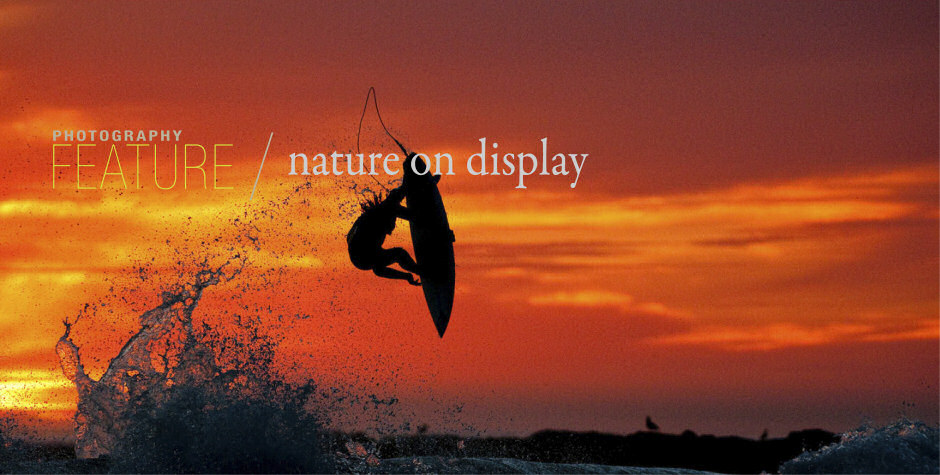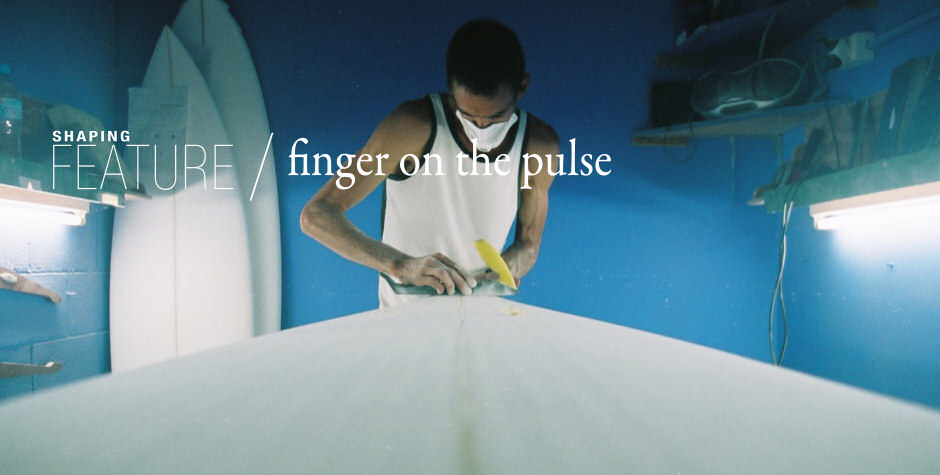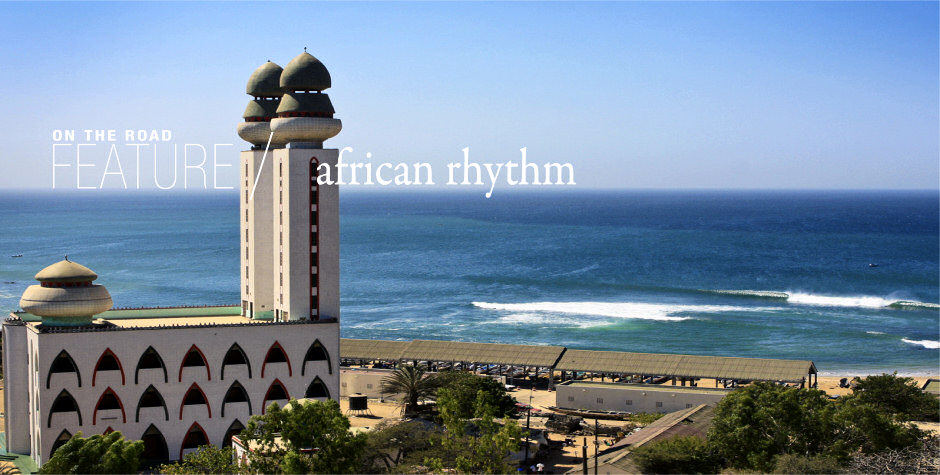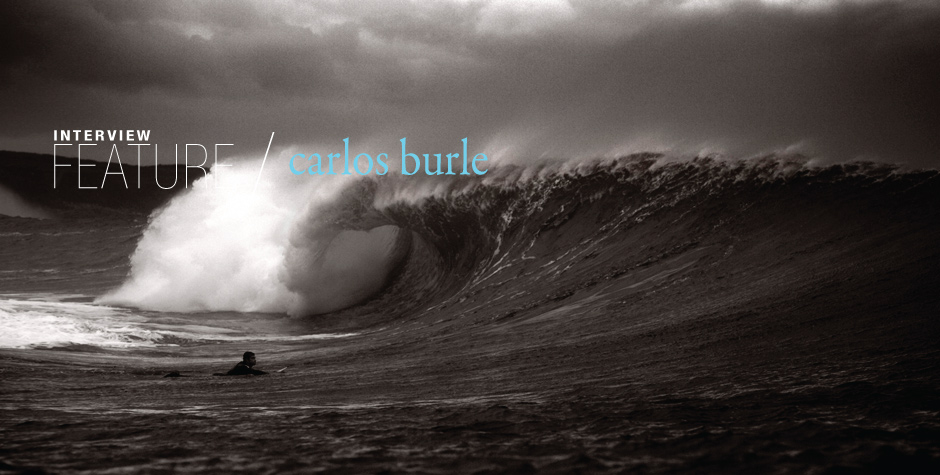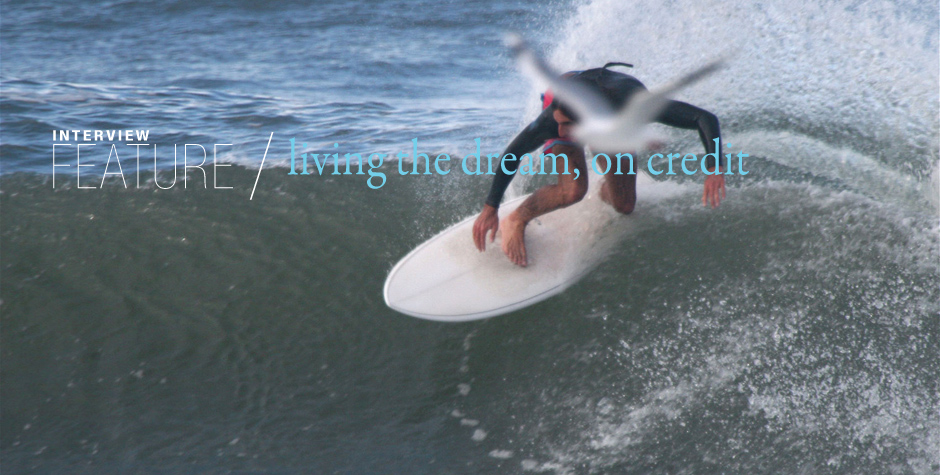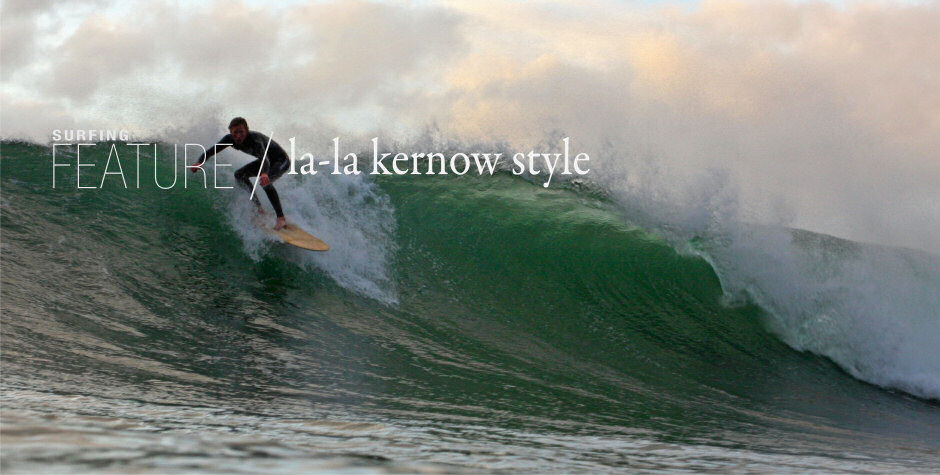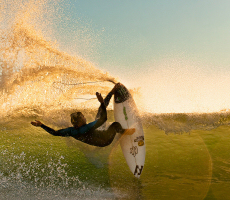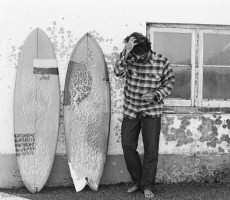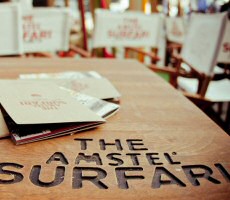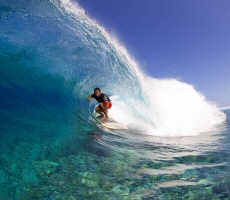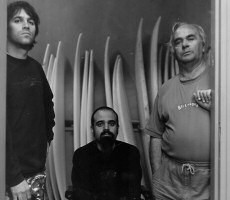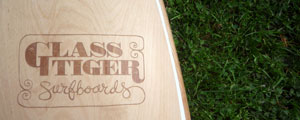Quiver-ing
 Musings on how the craft we ride define us as individuals.
Musings on how the craft we ride define us as individuals.
“Our lines, ultimately, define us as surfers”.
The Surfer’s Journal 20.1, illustrating the way Tyler Warren carves his 4’10 mini-Simmons on the wall.
Indeed, our equipment is a mean to an end, our way to express ourselves on the canvas of a breaking wave. Each one of us have our own standards when it comes to define our surfing style. And it all gets down to the way we move and the way we stand. It is only a matter of rhythm, almost of musical preferences…

The modern surf crafts we have access to are instruments to play our part on the waves we surf, and the choice just gets better and better. So much is happening lately, that whatever we have in mind is available, and shapers constantly develop what we haven’t yet imagined. It is also why there is no such thing as “retro”, unless you surf a vintage board. All contemporary surfboards are improved by experience and years of shaping, even if they are directly inspired by older crafts.
I think my quiver not in terms of conditions but in terms of style. Each board, should I shape it or order it, has a special way and purpose. Most of them could eventually be a “one board quiver”. It allows me to travel light.

It also gives me a very deep understanding of the possibilities of each shape, because I will have to face all type of conditions with that one board I picked from the rack. My progression curve is steeper, and the evolution of my surfing style more complete, when I change to a board that is in every way different to the other one.
And the point being to have as much fun as possible, each instrument I choose will provide that stoke I am looking for, because each one will allow me to express myself the way I want to.
There is no right or wrong board. The important thing is to choose in total honesty and consciousness, considering ability and personal pursuit. I like motionless trim, speed down the line, carving; and my boards respond to those special features that define my style. For that very reason, I rule out some boards and select others, and my quiver is in constant movement in search of my own personal rhythm.

Someone else would do it differently, but the process should always focus on our basic needs as surfers. The mistake would be to think that any board would match any style and quest.
When I started surfing, choice was not really available. The surfing landscape was not varied at all; surf shops all had pretty much the same equipment; few shapers dared to step aside from the mainstream plan-shapes. It hasn’t been easy, but those days are over now.

Surfers today live a creative time. We look back on the past decades for clues. We constantly learn from our predecessors and their transcript experience. It is what makes surf a culture.
However, there is no place for pointless regrets: we can’t go backwards anyway, and what we have ahead of us is big and exciting.
